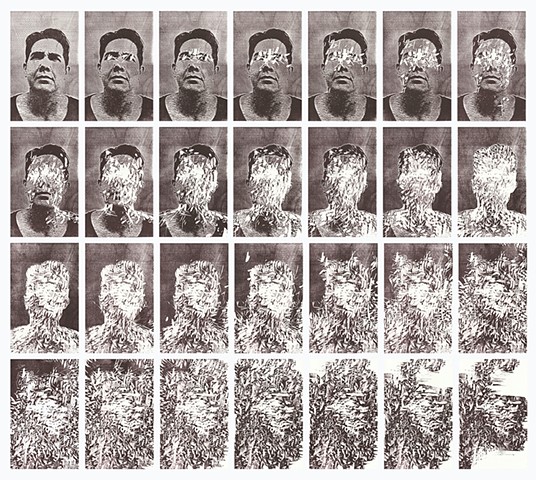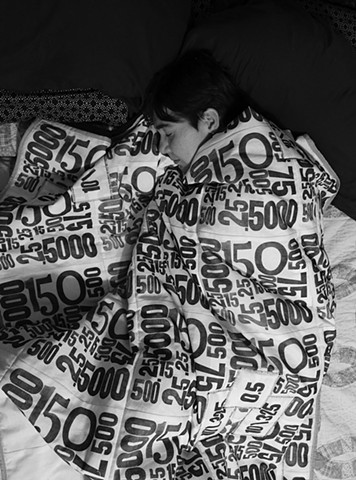Kat Chudy
Kat Chudy
IG: @kat_chudy
website: katherinechudyart.com
Bio:
Kat Chudy is a multiply disabled queer American artist currently living and working in New Mexico. They grew up the child of military parents, traveling extensively throughout the United States during their childhood and continues to travel frequently whenever they can. They have been to over 28 states and have visited Mexico, Brazil, and Canada. However, they have called New Mexico home ever since they moved here four years ago and fell in love with the landscape and the people. They have an extensive educational background in both art and science and seek to find the edge where the two disciplines meet and inform one another through the subject of their work – invisible disability. They are an advocate for disability rights, healthcare rights, and educational reform.
Artist Statement:
Artists learn to observe life models to represent the notion of the perfect and the ideal body. How can one address the less perfect—the broken body? With my work, I disrupt the silence around what it means to live with an invisible disability and give voice to hidden experiences that are both personal and universal.
The sick self is a private self. This hidden self is the last area of the self that is still private and intentionally concealed. Who wants to talk about pain, vulnerability, fragility, and mortality?
I have no choice. My work seeks to break the perfect body's mainstream fantasy by confronting the viewer with visual representations of invisible illnesses and disabilities. I reveal the hidden experiences of moving through an impersonal and dehumanizing medical system in multi-layered prints and diverse scale installations. These visual narratives utilize the medical world's materials, tools, and language.
I intentionally blend the technical literacies of the medical world with the world of craft and creation. I embroider delicately into medical pads or use surgical sutures to close holes in cotton and paper. I use beauty and skill to draw the viewer in before realizing that what they are looking at is a representation of something potentially repulsive. These works elicit empathy in the viewer by juxtaposing the abject and the beautiful, providing a starting point to conversations about uncomfortable, invisible, and deadly subjects.


